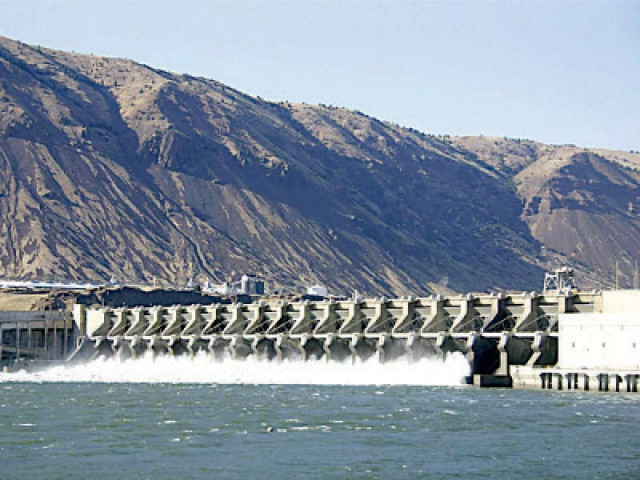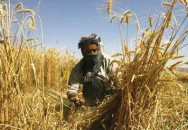Govt framing power policy for G-B
Azhar underscores importance of hydropower for development of Pakistan

end reliance on costly imported fuels and promote clean and green hydro energy, said Minister of Energy Hammad Azhar. Addressing the International Conference on Pakistan Hydropower Sector on Wednesday, the minister underscored the importance of hydroelectric power for the development of the country.
“The government has declared this decade as the Decade of Dams,” he said. “The leadership is according top priority to building more dams to not only improve the share of hydropower in the energy mix, but also help secure more water for the agriculture sector.” The minister said that Pakistan’s potential for clean, affordable, reliable and indigenous hydropower stood at 64,000 megawatts. At present, hydropower projects possessing the capacity of only 9,900MW were in operation, which was just 29% of the current energy mix, he added.
According to him, it is a proven fact that hydropower projects not only provide green energy to the consumers but also slash the import bill. Azhar announced that the government was formulating the Gilgit-Baltistan Power Policy to tap 21,000MW of hydroelectric power potential of the region.
“Despite the fact that Pakistan possesses a hydropower potential of over 60,000MW, the past governments established power projects based on costly imported fuels, which affected the energy cost,” he said. “Prices of coal and furnace oil are increasing sharply day after day.”
READ WAPDA building 10 water and hydropower projects
The National Electricity Policy 2021 aims to widen access to affordable energy, steer energy security and sustainability through the guiding principles. He added that it would also accelerate efficiency, transparency, competition, financial viability, indigenization, research and development in the hydropower segment. Azhar said that in light of the policy, the Indicative Generation Capacity Expansion Plan (IGCEP) 2021-2030 had been approved.
Under the plan, the share of hydropower in the national energy mix would be increased from 29% to 43% (ie from 9,900MW to 23,000MW) till 2030 by involving both public and private sectors, he underlined. Speaking on the occasion, National Electric Power Regulatory Authority (Nepra) Chairman Tauseef Farooqi said that there were lots of benefits of hydropower as it was an indigenous source of cheap, clean and green energy. He recalled suggesting the government to include hydropower in renewable energy (RE).
“Prime Minister Imran Khan appreciated the recommendation and asked the then minister of power Umar Ayub to implement the suggestion,” he said. “Inclusion of hydropower in renewable energy will be a huge game changer for Pakistan.” Pakistan had a massive hydropower potential on the Indus River alone, he pointed out. Citing that electricity cost was increasing day by day, he said that replacing costly fuel projects with indigenous resources would steer change in this regard. Private Power and Infrastructure Board (PPIB) Chief Executive Officer Shah Jehan Mirza was of the view that it was right time to explore ways to promote hydropower in the country.
“A general impression has been created that hydropower is expensive as cost of construction of hydropower projects is slightly higher,” he said. “Hydropower and renewable energy are getting more and more attention and there is a dire need to enhance efforts in these sectors.” He said that PPIB was working on establishment of two mega hydropower projects including 720 MW Karot Hydropower scheme and 820 MW Suki Kinari project.
The Karot project is likely to be completed next year at an estimated cost of $1.4 billion, he added. Pakhtunkhwa Energy Development Organisation (PEDO) CEO Naeem Khan said that his organisation was dealing with establishment of small hydropower projects in remote areas of Khyber-Pakhtunkwa. USAID Energy Office Director Jenna Diallo said that US government would continue to provide technical support to energy sector of Pakistan in the field of hydropower.
She said that USAID provided assistance for Kurram Tangi, Gomal Zam and Satpara dams. “US government also provided assistance in building Tarbela and Mangla dams in 1960s,” she said.



















COMMENTS
Comments are moderated and generally will be posted if they are on-topic and not abusive.
For more information, please see our Comments FAQ